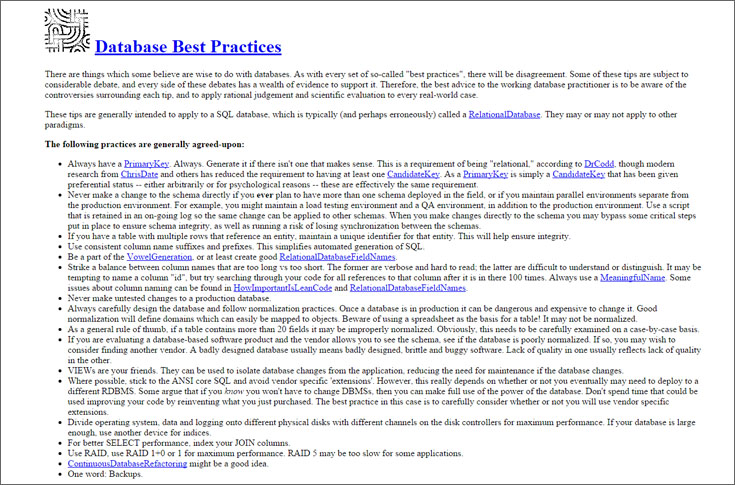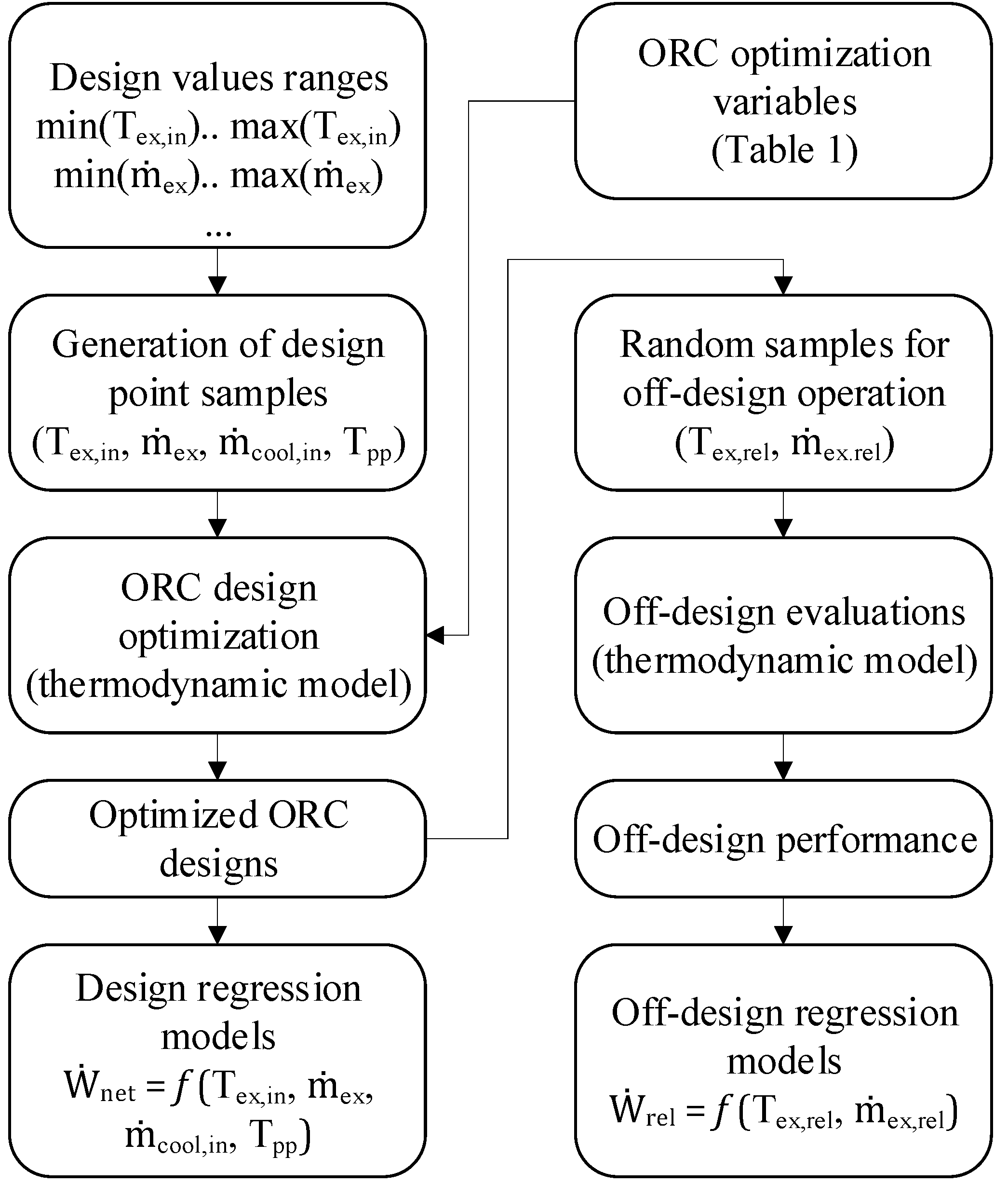-->
Using RANUNI in PROC SQL query for random sample Posted (5978 views) I have a dataset with client information and I want to draw a sample for each client and load that sample to a separate dataset. Download adobe master collection cc 2017 mac osx. A surrogate key (or synthetic key, entity identifier, system-generated key, database sequence number, factless key, technical key, or arbitrary unique identifier citation needed) in a database is a unique identifier for either an entity in the modeled world or an object in the database. Virtual dj install skins mac. The surrogate key is not derived from application data, unlike a natural (or business) key which is.
Recommendations and examples for using the IDENTITY property to create surrogate keys on tables in Synapse SQL pool. Skip verifying app on mac.
Activation key to enabling any version of Windows to take advantage of all the premium features of Windows 7 There are still a large number of computers running Microsoft Windows 7. Windows 10 product key generator. A bunch of users are eager to keep the Windows 7 system in the PC and will not upgrade to Windows 10 just because its stability and compatibility In order to use Windows 7 for better features, you need to activate it with a license key Here I show you how to get the product key for Windows 7 Home Starter, Home Basic, Home Premium, Professional, Enterprise or Ultimate 32-bit / 64-bit version in 2018.If you are a student, this post is for you to try to use all Windows 7 product keys, serial keys listed below to enable all versions of Windows 7 for free.
What is a surrogate key
A surrogate key on a table is a column with a unique identifier for each row. The key is not generated from the table data. Data modelers like to create surrogate keys on their tables when they design data warehouse models. Cities in motion collection mac download. You can use the IDENTITY property to achieve this goal simply and effectively without affecting load performance.
Creating a table with an IDENTITY column
Stored Proc For Generating Surrogate Keys Not Random Number
The IDENTITY property is designed to scale out across all the distributions in the Synapse SQL pool without affecting load performance. Therefore, the implementation of IDENTITY is oriented toward achieving these goals.
You can define a table as having the IDENTITY property when you first create the table by using syntax that is similar to the following statement: Microsoft office product key.
Sep 26, 2019 One is the private key, which should never be shared with anyone. The other is the public key. The other file is a public key which allows you to log into the containers and VMs you provision. When you generate the keys, you will use ssh-keygen to store the keys in a safe location so you can bypass the login prompt when connecting to your instances. Generate private and public key mac. Oct 06, 2018 First thing that you need to do on your macOS machine is to create a directory that will store your SSH keys. Then you will generate a public and private key for your account, launch the Terminal and punch in some commands: Create a.ssh Directory. Change to the home directory. Cd / Create a SSH directory name.ssh and move into it. Mkdir.ssh; cd.ssh.
You can then use INSERT.SELECT to populate the table. Infineon rsa key generation issue list.
This remainder of this section highlights the nuances of the implementation to help you understand them more fully.
Allocation of values

The IDENTITY property doesn't guarantee the order in which the surrogate values are allocated, which reflects the behavior of SQL Server and Azure SQL Database. However, in Synapse SQL pool, the absence of a guarantee is more pronounced.
The following example is an illustration:
Stored Proc For Generating Surrogate Keys Not Random Name
In the preceding example, two rows landed in distribution 1. The first row has the surrogate value of 1 in column C1, and the second row has the surrogate value of 61. Both of these values were generated by the IDENTITY property. However, the allocation of the values is not contiguous. This behavior is by design.
If you really want to save your money you must be try once your generator.Is GTA 5 License Keygen works as original?We update to this program daily with fresh unique and original license codes. It’s sales exceeded more than previous even it is an expensive game.Our Grand Theft Auto 5 (GTA 5) Crack Activation Key Generator will give you free license code to activate your game. Intro Grand Theft Auto 5 Key Generator:If you are pumped as well and want to play this game for free just download this GTA 5 serial key generator.Why Need This Keygen?As we know GTA 5 is highly favorite game in all over the world. So the code will never repeat once you used.Our coder team launch this Grand Theft Auto 5 cd keygen for all over the world without human verification or survey.Best For Which Console?GTA 5 game is developed for pc, xbox one/360 and playstation 3/4 and people love to play what system they have. Gta 4 cd key generator download. We were waiting so long for freaking gta 5 game and i was super excited to be bringing it’s key generator to all of you.
Skewed data
The range of values for the data type are spread evenly across the distributions. If a distributed table suffers from skewed data, then the range of values available to the datatype can be exhausted prematurely. For example, if all the data ends up in a single distribution, then effectively the table has access to only one-sixtieth of the values of the data type. For this reason, the IDENTITY property is limited to INT and BIGINT data types only.
SELECT.INTO
When an existing IDENTITY column is selected into a new table, the new column inherits the IDENTITY property, unless one of the following conditions is true:
- The SELECT statement contains a join.
- Multiple SELECT statements are joined by using UNION.
- The IDENTITY column is listed more than one time in the SELECT list.
- The IDENTITY column is part of an expression.

If any one of these conditions is true, the column is created NOT NULL instead of inheriting the IDENTITY property.
CREATE TABLE AS SELECT
CREATE TABLE AS SELECT (CTAS) follows the same SQL Server behavior that's documented for SELECT.INTO. However, you can't specify an IDENTITY property in the column definition of the CREATE TABLE part of the statement. You also can't use the IDENTITY function in the SELECT part of the CTAS. To populate a table, you need to use CREATE TABLE to define the table followed by INSERT.SELECT to populate it.
Explicitly inserting values into an IDENTITY column
Synapse SQL pool supports SET IDENTITY_INSERT <your table> ON|OFF syntax. You can use this syntax to explicitly insert values into the IDENTITY column.
Many data modelers like to use predefined negative values for certain rows in their dimensions. An example is the -1 or 'unknown member' row.
The next script shows how to explicitly add this row by using SET IDENTITY_INSERT: Mac wimpern serum.
Loading data
The presence of the IDENTITY property has some implications to yourt be used:
- When the column data type is not INT or BIGINT
- When the column is also the distribution key
- When the table is an external table
The following related functions are not supported in Synapse SQL pool:
Common tasks
This section provides some sample code you can use to perform common tasks when you work with IDENTITY columns.
Column C1 is the IDENTITY in all the following tasks.
Find the highest allocated value for a table
Stored Proc For Generating Surrogate Keys Not Random List
Use the MAX() function to determine the highest value allocated for a distributed table:
Foreign Keys
Find the seed and increment for the IDENTITY property
Stored Proc For Generating Surrogate Keys Not Random Number
You can use the catalog views to discover the identity increment and seed configuration values for a table by using the following query: